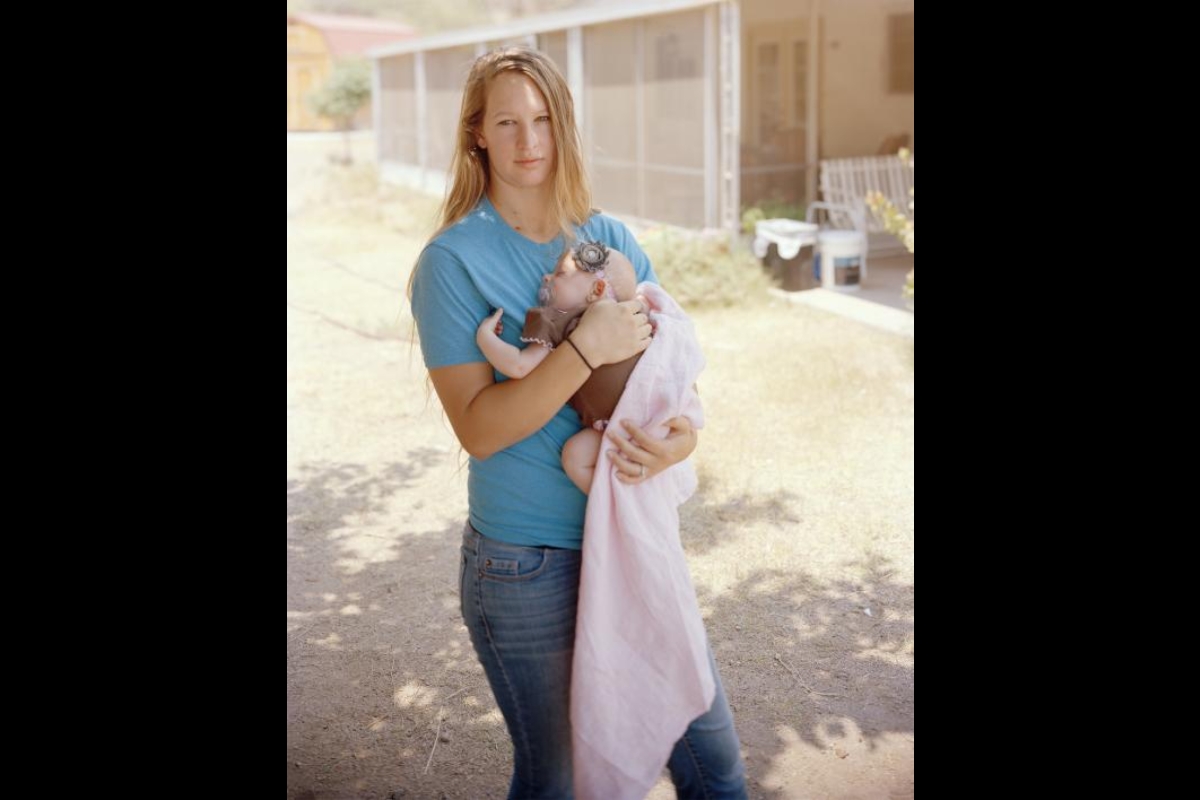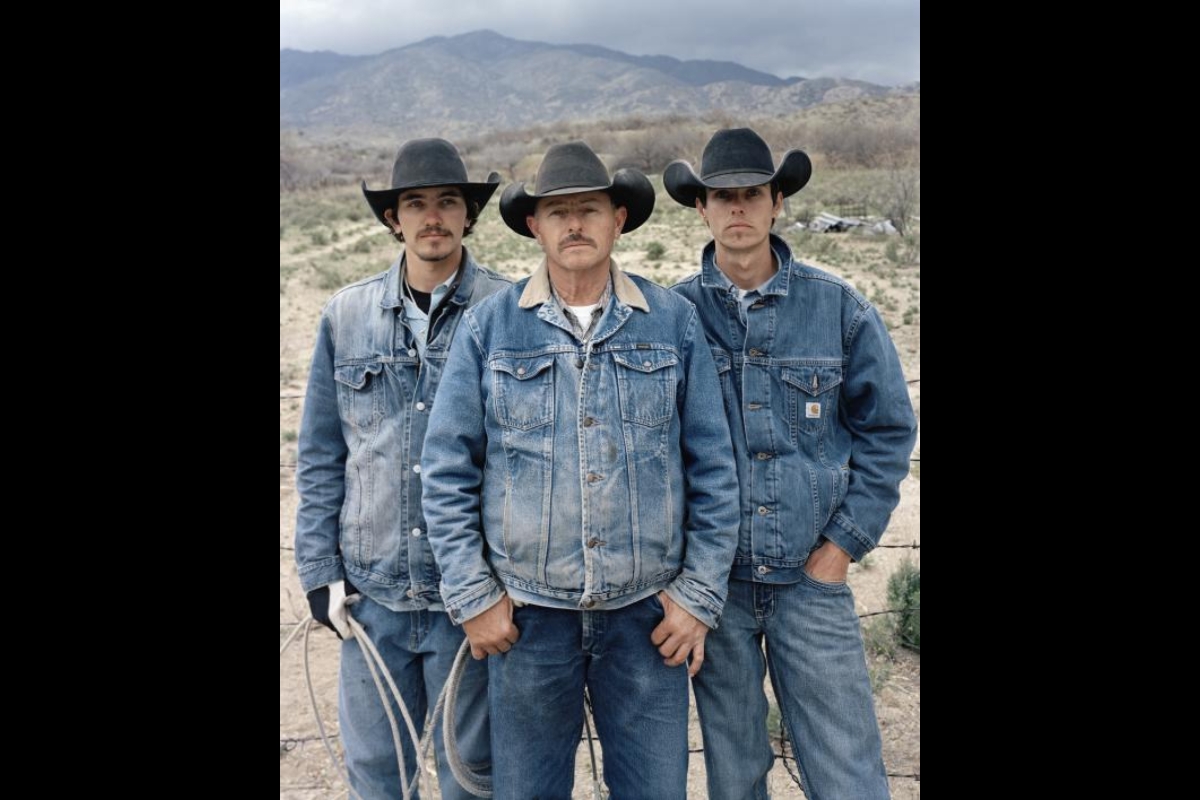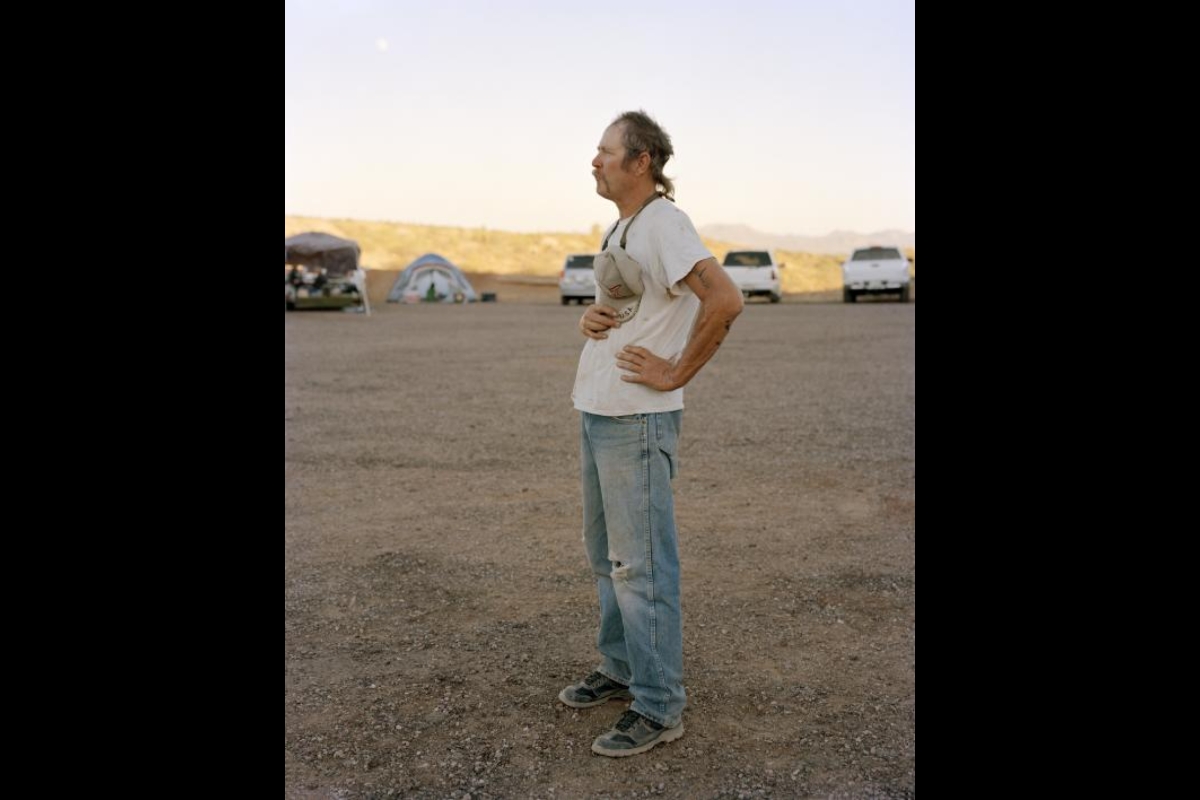After a career in medicine, ASU grad fosters connections through the lens of a camera
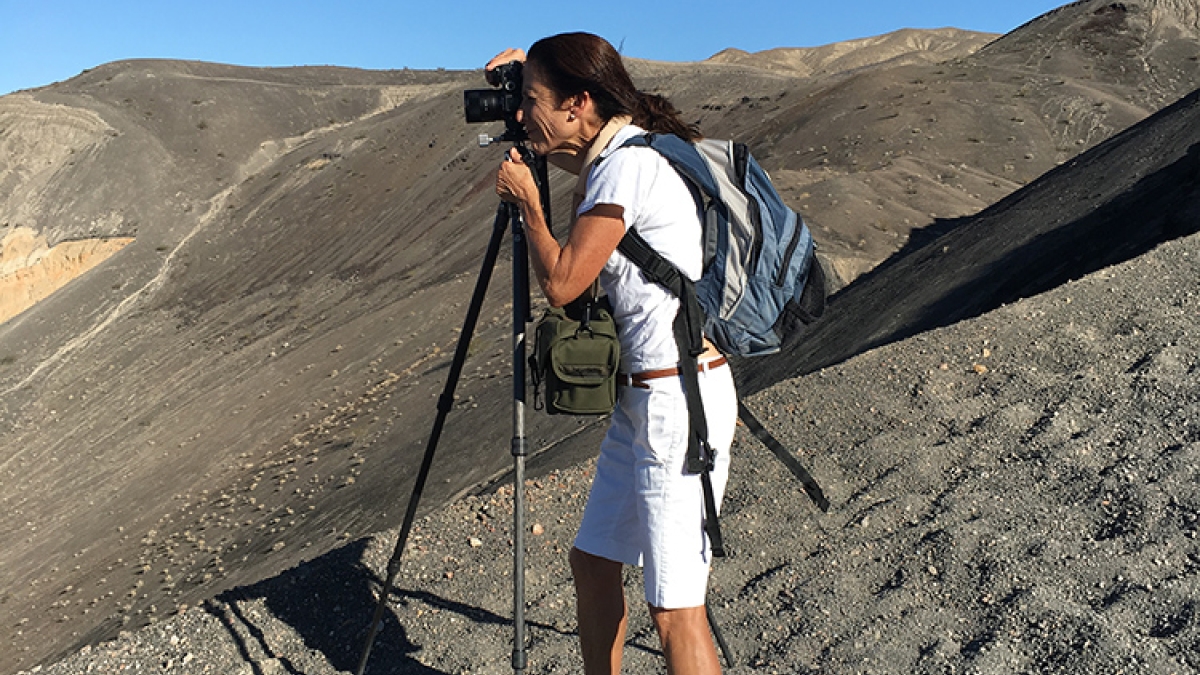
Pam Golden's thesis project focused on the people and places in and around Globe, Arizona. Golden is receiving her MFA in photography from ASU's School of Art, in the Herberger Institute for Design and the Arts, December 2017. Photo by Ross Zimmerman.
Editor’s note: This is part of a series of profiles for fall 2017 commencement. See more graduates here.
By her own estimate, Pam Golden is responsible for bringing approximately 2,500 babies into the world. She’d always wanted to be an artist, she says, “but to do something humanly useful as well” — so first she studied medicine and became a successful obstetrician.
The urge to make art remained. She was about 50 years old and taking some photography classes at community college when she came across a book by Richard Avedon called “In the American West,” in a bookstore in Utah.
“The book showed me what was possible,” Golden said. “It spurred me on.” She closed her practice to focus on her artwork.
Mark Klett, Regents’ Professor of photography in the School of Art, with whom Golden studied at ASU, says Golden returned to school to earn her MFA in photography “for the most compelling reason — her passion for making photographs of people and places.”
Titled “Between Land and Sky,” Golden’s thesis show was the result of a mishap that she turned into an opportunity: Three years ago, in December 2014, her truck broke down in Globe, east of Phoenix, in the heart of mining and ranching country.
In her thesis statement, Golden writes, “I was met, repeatedly, with unusual generosity, and struck by the faces, and stories, of those I met: an O’Reilly Auto Parts employee, also a lay minister, now ordained, who had found faith only three years earlier; a single father mechanic, who had begun teaching his son go-kart racing at age four; father and son cattle ranchers, who worked both on and off the ranch, to sustain it for the fifth generation; a landscaper, raising her granddaughter.”
A series of images from Pam Golden's thesis show, "Between Land and Sky." Photo courtesy of the artist
She began a series of portraits and landscapes in the area. She photographed members of three extended families who represented “the history and resilience of their communities,” and those families led to other families, other portraits. The resulting work demonstrates the power of a keenly observed photograph to show us the heart of a place and of the people who live there.
Klett says Golden’s practice as a doctor taught her to treat all people with compassion and respect, which is the approach he saw her apply to the photography project she undertook in and around Globe. Of her work he says, “[Golden’s] photographs show us that despite our many differences in this fractured time, we share a common humanity and are deserving of each other’s understanding and empathy.”
Question: What’s something you learned while at ASU — in the classroom or otherwise — that changed your perspective?
Answer: I learned not to sequence images logically, but intuitively.
Q: Why did you choose ASU?
A: I saw Mark Klett's photographs at the Center for Creative Photography in Tucson.
Q: What’s the best piece of advice you’d give to those still in school?
A: Follow your interests, and all the opportunities that come to you.
Q: What was your favorite spot on campus, whether for studying, meeting friends or just thinking about life?
A: The steps of Matthews Hall, facing the giant bougainvillea which is always in bloom.
Q: What are your plans after graduation?
A: I hope to teach photography part-time, and continue to photograph people and land.
Q: If someone gave you $40 million to solve one problem on our planet, what would you tackle?
A: I would try to de-stigmatize mental illness, and improve recognition and treatment.
More Arts, humanities and education

ASU Gammage program brings the arts to incarcerated women
Laughter might not be the first thing you expect to hear when arriving at Maricopa County Estrella Jail, the all-women prison…
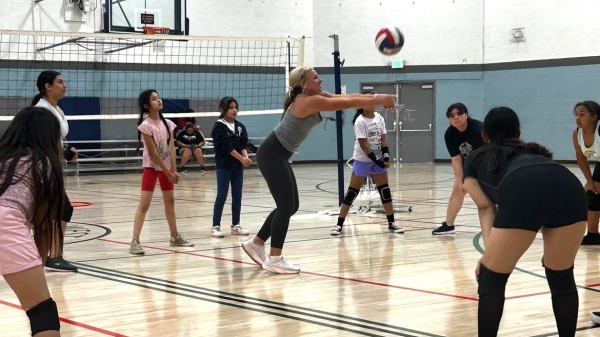
Maryvale girls gain confidence through volleyball program
Life as a teen or tween can be tough, particularly for girls. That's why an Arizona State University partnership with a…

ASU double major plans to use Japanese studies in her business career
Editor’s note: This story is part of a series of profiles of notable spring 2024 graduates. Racine Merritt is a business-minded…

